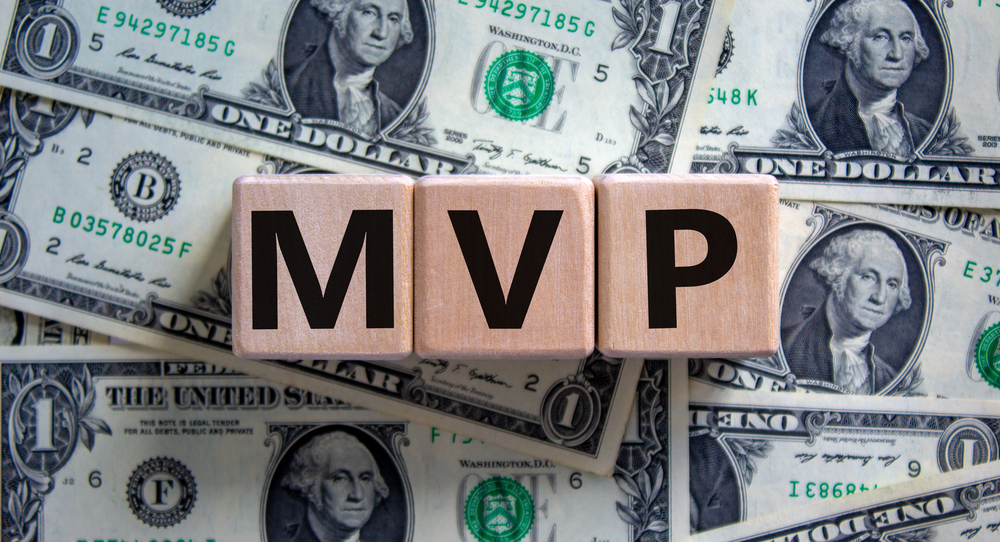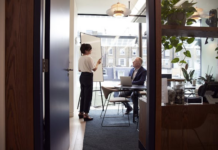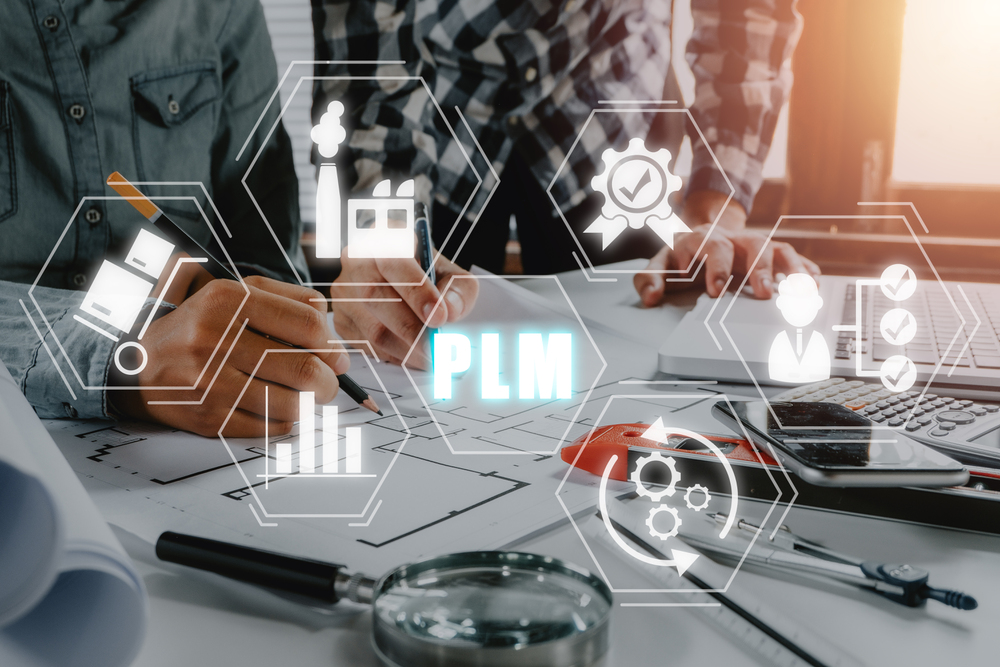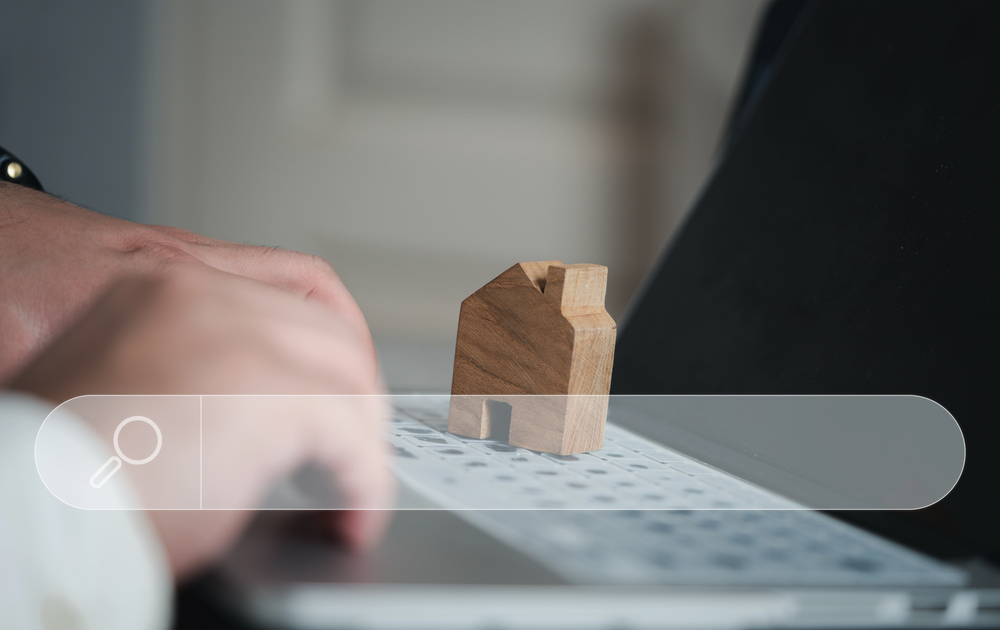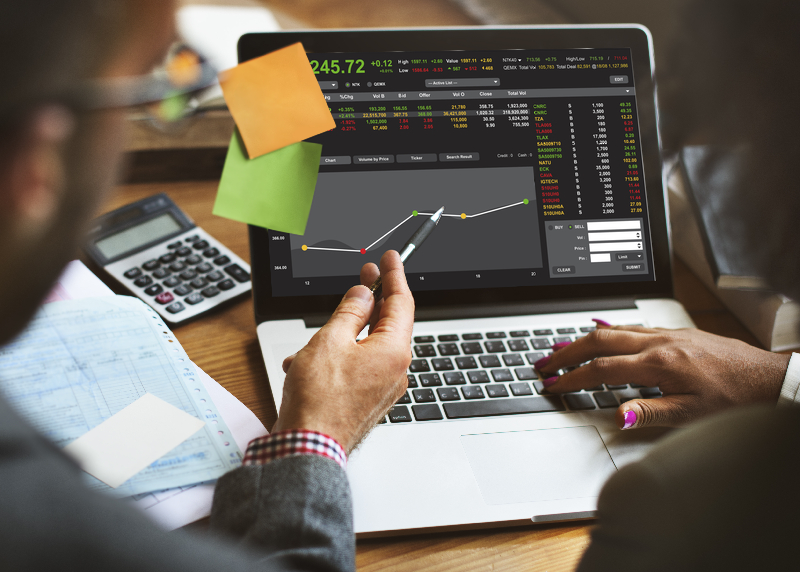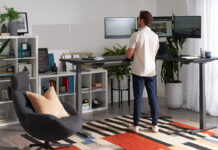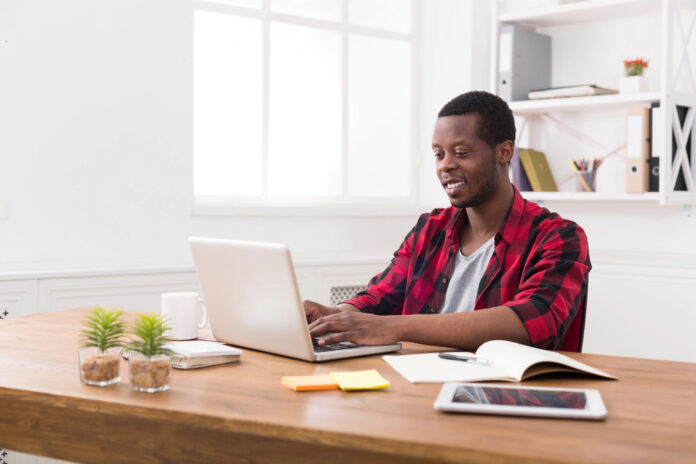Creating a home office is more than choosing a cozy corner and throwing in a desk and chair. If you want to unlock deep productivity and creativity, you need a workspace designed with intention. Specifically, your environment should help you enter a mental state called “flow”—where your focus sharpens, ideas pour in, and time disappears. In this guide, we’ll explore how your workspace directly impacts your mental state and how small changes—from lighting to layout to art like a calming canvas print—can transform your productivity.
Understanding Flow in the Home Office
What is Flow and Why It Matters
Flow is a term coined by psychologist Mihály Csíkszentmihályi. It refers to the mental state where you’re completely immersed in a task, fully energized, and performing at your best. Imagine writing for hours without checking your phone or designing a graphic without losing focus. That’s flow—and it’s not just for artists or athletes. Anyone can tap into this state, especially in a thoughtfully crafted workspace. When your environment eliminates distractions and supports clarity, you’re more likely to stay in the zone longer.
The Science Behind Flow States
Flow isn’t random—it’s biological. When you hit the right balance between challenge and skill, your brain releases dopamine and norepinephrine. These chemicals heighten focus and pleasure. But interruptions, clutter, or an uncomfortable chair can snap you out of flow in seconds. That’s why designing your workspace with flow in mind isn’t optional—it’s essential. From how your desk is positioned to the decor on your wall, every detail either supports or sabotages your productivity. Adding subtle touches like flower decals can introduce a sense of calm and natural beauty, helping you create a workspace that feels inspiring yet uncluttered.
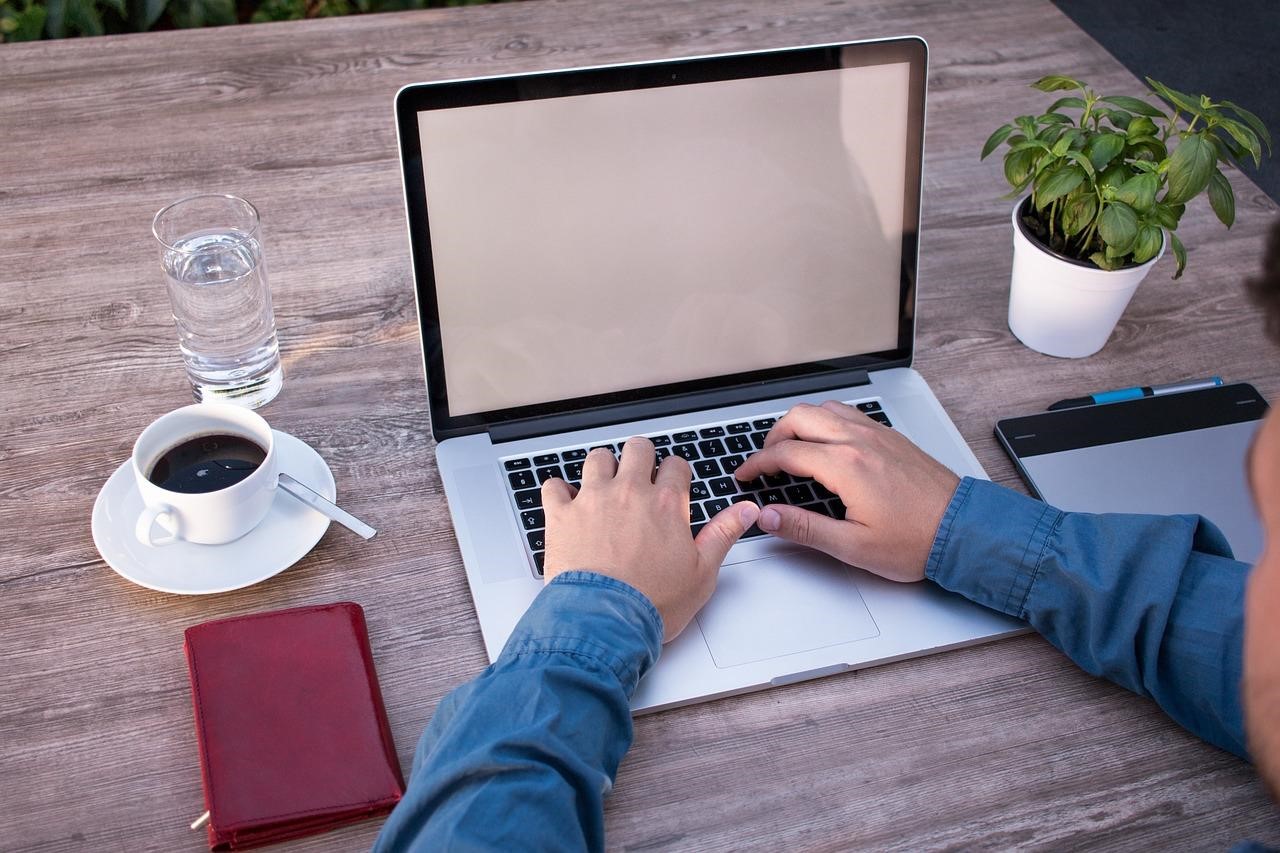
The Psychology of Space
How Your Environment Affects Your Brain
Your surroundings have a huge impact on how your brain functions. Visual chaos, bad lighting, and uncomfortable furniture create stress signals that keep your mind in a constant state of alert. In contrast, when your space is organized, visually appealing, and comfortable, your brain feels safe and relaxed—perfect conditions for focused, creative thinking. Even things like ceiling height and wall color influence your cognitive state, often without you realizing it.
Cognitive Benefits of a Well-Designed Workspace
A well-designed workspace is like a mental spa. It reduces decision fatigue, lowers cortisol (your stress hormone), and boosts the release of dopamine and serotonin—neurochemicals associated with motivation and mood. When you optimize your home office, you’re not just decorating a room—you’re upgrading your brain’s performance system. That’s why intentional choices around lighting, color, and decor can lead to real gains in creativity and focus.
Lighting That Inspires Focus
Natural Light vs. Artificial Light
Lighting is one of the most overlooked productivity tools. Natural sunlight regulates your circadian rhythm, helps you stay alert during the day, and even improves sleep at night. It also boosts serotonin production, lifting your mood and sharpening your focus. On the flip side, dim or fluorescent lighting strains your eyes, causes headaches, and can lead to fatigue. If possible, place your desk near a window to maximize daylight. If not, go for daylight-simulating LED lamps that mimic natural light without the glare.
Positioning Your Desk for Optimal Light
Desk placement matters. Ideally, light should come from the side—not directly behind or in front of your screen. Side lighting reduces screen glare and eye strain while providing enough brightness to keep your energy up. Adding a desk lamp with adjustable brightness can also help you adapt as the sun moves or during cloudy days. If you’re doing creative work, task lighting focused on your project area can be a game-changer.
Color Psychology in Home Office Design
Calming Colors for Focus
Color is not just visual—it’s psychological. Blues and greens have a calming effect that slows your heart rate and steadies your mind. These colors are perfect for workspaces where you need sustained attention. Neutral tones like beige, gray, and soft white also help by creating a clean, non-distracting backdrop. When choosing wall paint or furniture, opt for tones that create a serene, focused environment rather than jarring contrasts.
Avoiding Overstimulation Through Color Choices
Bright reds, neon colors, or patterns with too much contrast can increase anxiety and reduce focus. These colors signal danger or alertness to the brain, which is the opposite of what you want in a productive environment. Save those colors for a different room. In your office, stick to a consistent, calming palette. If you want pops of color, use them in small accents like a cushion, pen holder, or even a beautiful canvas print that brings the space together.
Incorporating Nature into Your Workspace
The Power of Biophilic Design
Biophilic design connects you with nature through materials, lighting, colors, and visuals. Why does this matter? Because studies show that even small natural elements—like a plant or wooden texture—can reduce stress and enhance concentration. Add a potted plant, wooden desk, or natural fiber rug to bring the outdoors inside. These touches remind your brain of peaceful natural settings, which boosts well-being and productivity.
How a Landscape Canvas Print Can Reduce Fatigue
A calming landscape canvas print is more than just decor. When your eyes are tired from staring at screens, they need something soft to rest on. A serene image—like a forest, ocean, or mountainscape—acts as a visual break, giving your brain a moment to reset. Over time, this reduces digital fatigue and mental clutter. It’s like a mini-vacation every time you glance up from your screen.
Sensory Considerations
Minimizing Noise Distractions
Noise is one of the most common flow killers. The hum of traffic, barking dogs, or loud neighbors can break your concentration instantly. To fix this, consider soundproofing your space using acoustic panels, curtains, or rugs that absorb sound. Noise-canceling headphones are another great solution, especially if you’re working in a shared space. Silence is golden—but controlled sound is even better.
Using Scent to Boost Concentration
Scent has a direct line to the brain’s limbic system, which controls mood and memory. Certain essential oils like peppermint, rosemary, and lemon can sharpen focus and increase alertness. Try using an essential oil diffuser or scented candle to create a subtle, motivating aroma in your space. Just a few drops can make your workspace feel more vibrant and mentally engaging.
Declutter to De-Stress
The Mental Load of Visual Clutter
If your desk is buried under papers, wires, and coffee mugs, your brain is constantly processing all that visual input—even if you’re not aware of it. That clutter adds to your cognitive load, which drains your focus and energy. A messy space equals a messy mind. To clear mental fog, start by clearing physical clutter.
Storage and Organization Hacks
You don’t need a massive filing cabinet to stay organized. Use vertical storage like floating shelves, pegboards, or wall-mounted organizers. Keep only daily essentials on your desk and label everything else. Invest in cord organizers, drawer dividers, and storage bins to give everything a home. The clearer your workspace, the more mental bandwidth you’ll have for creative thinking.
The Role of Ergonomics
Comfort Equals Productivity
Poor posture leads to discomfort, which leads to distraction. If your back is aching or your wrists are sore, you won’t last long in a focused state. Ergonomics is the science of fitting your environment to your body. And trust me—it matters more than you think. Comfortable seating, proper desk height, and screen positioning can drastically improve your workflow.
Must-Have Ergonomic Accessories
Start with a quality ergonomic chair that supports your lower back. Add a sit-stand desk to give your legs a break. Wrist supports, footrests, and monitor risers are affordable accessories that make a big difference. Think of ergonomic upgrades as investments in your energy and long-term health—they pay off big time in productivity.
Personalization Without Distraction
Adding Personality to Your Space
Your workspace should reflect your personality. Personal touches like framed photos, your favorite mug, or a fun wall clock make the space feel like yours. These small elements create comfort and familiarity, which helps you relax and focus. Just make sure your personal items don’t clutter the space or distract from your work.
The Balance Between Style and Simplicity
Minimalist doesn’t mean boring. It means intentional. Choose one or two personal items with emotional value or aesthetic appeal. A beautiful canvas print of a peaceful landscape, for example, adds character without chaos. The goal is to create an environment that feels both inspiring and grounded.
Creating Visual Anchors for Calm
Why Canvas Prints Help Create a Grounded Environment
Unlike posters or digital images, canvas prints offer a tactile, textured feel that adds depth to your decor. A calming scene on canvas acts like a grounding anchor for your eyes and your mind. It’s a way to center your attention and take a breath—something we all need during long workdays.
Best Types of Images for Mental Clarity
Go for landscapes, seascapes, or minimalist photography. Blues, greens, and soft earth tones help soothe the nervous system. Avoid chaotic patterns or high-contrast designs—they’ll only pull your attention away from your work.
Technology Set-Up for Flow
Managing Screen Fatigue
Screen time is unavoidable—but screen fatigue is not. Adjust your screen brightness to match the room, and use blue-light blocking glasses if you work into the evening. Try the 20-20-20 rule: every 20 minutes, look 20 feet away for 20 seconds. This gives your eyes a break and prevents long-term strain.
Smart Gadgets for Smarter Workflows
Invest in tools that remove friction from your workflow. Wireless keyboards, ergonomic mice, smart lights, and virtual assistants like Alexa can help automate your routine. The less you have to think about logistics, the more you can focus on the work that really matters.
Routine and Ritual: Programming Your Mind for Flow
How Consistent Habits Trigger Flow Faster
Flow isn’t just about the space—it’s also about what you do in that space. Your brain loves routine. When you start your day with a few simple rituals—like making a cup of tea, lighting a candle, or setting your timer for deep work—your mind gets a clear signal: it’s go-time. These small habits serve as anchors that prepare your brain to enter a focused state quickly. Over time, this conditioning makes it easier to drop into flow with less resistance.
Creating Pre-Work Rituals for Mental Readiness
Want to get into the zone faster? Build a short pre-work ritual. It could be five minutes of deep breathing, stretching, journaling, or even staring at your favorite canvas print while sipping coffee. The goal is to clear your mind and mentally transition from “home mode” to “work mode.” This separation is especially crucial when your workspace doubles as your living area.
Zoning Your Home Office for Maximum Efficiency
The Power of Defining Zones
Dividing your office into zones—even within a small room—can drastically improve your focus. When every part of your workspace has a designated purpose, your brain stops wasting energy deciding where and how to do things. For instance, have a dedicated area for deep work, a separate space for calls, and maybe a mini reading corner. This physical separation helps create mental boundaries that reinforce structure.
How to Zone a Small Office Space
Even in a tiny apartment, zoning is possible. Use rugs, wall shelves, or even light changes to define areas. A bright lamp over your desk signals “work mode,” while a cozy chair near a landscape canvas print suggests “break time.” Visual cues are powerful—they help you transition between tasks more smoothly and avoid mental burnout.
Lighting the Mood for Different Tasks
Adjusting Light to Match Your Workflow
Different tasks benefit from different lighting. For instance, writing or reading may require softer lighting to reduce eye strain, while designing or drawing benefits from bright, clear light. Smart bulbs that adjust color temperature and brightness can help create the right atmosphere at the right time. Want to brainstorm big ideas? Warmer light encourages relaxation and creativity. Need to power through a task list? Cooler tones improve alertness and focus.
The Role of Accent Lighting in Ambience
Accent lighting can help set the emotional tone of your workspace. Think small LED strips under shelves, salt lamps, or decorative desk lamps. These subtle touches create warmth and comfort—two underrated ingredients in the recipe for long-lasting focus. Pair this with natural materials and calming decor like a scenic canvas print, and you’ve got a mood that supports deep concentration.
Digital Detox Zones for Mental Recovery
The Hidden Power of Offline Spaces
Too much screen time drains your brain. That’s why having a designated “no-screen zone” in your home office is a smart move. It can be as simple as a chair near a plant, or a meditation cushion under a soft light and canvas print. In this space, you can read, reflect, stretch, or journal—no digital devices allowed. These mini-breaks help your brain recharge, so you return to your desk mentally refreshed.
Balancing Tech With Mindfulness
We’re not anti-tech—but we do advocate balance. Use apps that encourage mindfulness or block distractions during focus periods. Also, consider scheduling a few minutes after each work session to just breathe and check in with yourself. This tiny act of awareness can prevent digital overload and improve your ability to re-enter flow when needed.
Conclusion: Your Workspace is Your Mind’s Playground
Designing a home office that sparks flow isn’t just about making things look good—it’s about creating an environment that helps your brain work better. When you align your workspace with your psychological needs, you unlock deeper levels of focus, creativity, and joy. By incorporating natural light, calming colors, ergonomic furniture, minimal clutter, and inspiring art—like a peaceful canvas print—you create a space that doesn’t just look good on the outside but feels good on the inside too.
Find a Home-Based Business to Start-Up >>> Hundreds of Business Listings.

